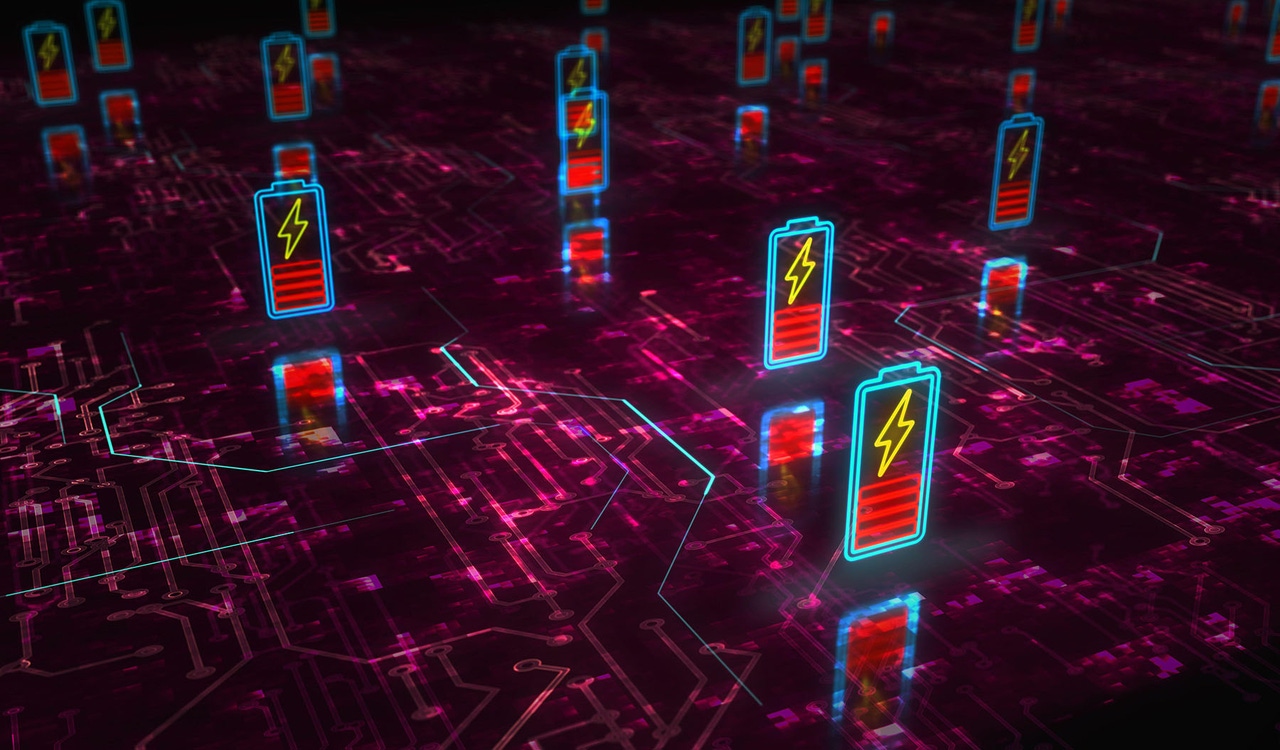Soaring AI Power Demand Poses Unanswered Questions for Data Centers
Industry experts discuss the snowballing challenges AI presents to power distribution within data centers.

During a recent webinar hosted by Data Center Knowledge, the swift and profound impact of AI on the data center industry was top-of-mind, with a focus on the challenges it presents to power distribution.
“AI is instantly everywhere at once,” said Christopher McLean, principal at Critical Facility Group, who noted that the growth of artificial intelligence has been accompanied by an unprecedented increase in energy demand.
McLean was joined by John Berenbrok, director of product management at Starline, for a wide-ranging discussion that addressed some of the most pressing questions facing data centers in light of AI’s dominance, including limitations of heating and supply chain, the need for creative solutions to heating, evolving design criteria for data centers, and the role sustainability and regulation play in the future of power distribution.
Will AI Kill the Data Center?
In the webinar on March 13, Dana Gardner, president of Interarbor Solutions, opened the discussion by stating the obvious: everywhere you turn, AI is being deployed.
In a report published last summer, tech and consulting firm Gartner claimed 70% of executives are considering generative AI for their organization, and Berenbrok cited an IDC forecast that AI will be an $800 billion industry by 2025.
“Those numbers may be low,” Berenbrok cautioned. This seismic growth means the industry will need to adopt an all-of-the-above strategy to meet unprecedented power demands, McLean added. This will usher in the creation of more data centers, as well as modifying and augmenting old facilities.
Despite these challenges, the panel was bullish on AI’s impact on data centers. McLean argued that not long ago, people were asking, “Will cloud kill the data center?” Just as that speculation proved incorrect – cloud computing became another piece of the overall technology landscape – he predicted AI will “drive us to new heights.”

‘The Old Way Is Just Not Going to Work’
“When you talk about power, it comes down to the rack, to design,” Berenbrok said. But data center design is an expensive pursuit, the panel acknowledged, and many organizations are trying to make use of existing designs that will yield diminishing returns.
“The density and demand is so different now,” McLean said, adding that “the most sustainable building is the one you reuse,” suggesting new designs must be able to survive the iterative IT lifecycle.
Future-proofing requires flexible and elastic environments that are creative in their solutions to heating. This included air, liquid, and perimeter cooling systems, along with fresh designs that draw power from renewable energy sources, such as air, wind, and nuclear. While higher voltage is necessary, Berenbrok said: “Electrical isn’t the most efficient game in town, [it’s] just the most influential.”
Regulation Is Coming
If voltage and heating are two limiting factors in more sustainable design, Berenbrok called supply chain issues a headache in the global industry of data centers. But he was hopeful, saying that the North American market has led the way in localizing supply chains, estimating APAC to be six months behind and Europe 12 months behind.
Berenbrok told Data Center Knowledge that he thinks about sustainability in part as a question of regulation and that standards being introduced in European data centers might soon arrive in the U.S. Some of these regulations may increase transparency and promote energy-efficient design, such as the European Commission Joint Research Center’s European Code of Conduct for Data Centers, which rates the sustainability of EU data centers.
Berenbrok compared understanding the ‘embodied carbon’ of a product to knowing the gas mileage of a car. “We need to know what we’re driving,” he said, pointing to accurate monitoring and an understanding of a data center’s carbon footprint as keys to grasping and mitigating the industry’s ecological impact.
About the Author(s)
You May Also Like





.jpg?width=700&auto=webp&quality=80&disable=upscale)



